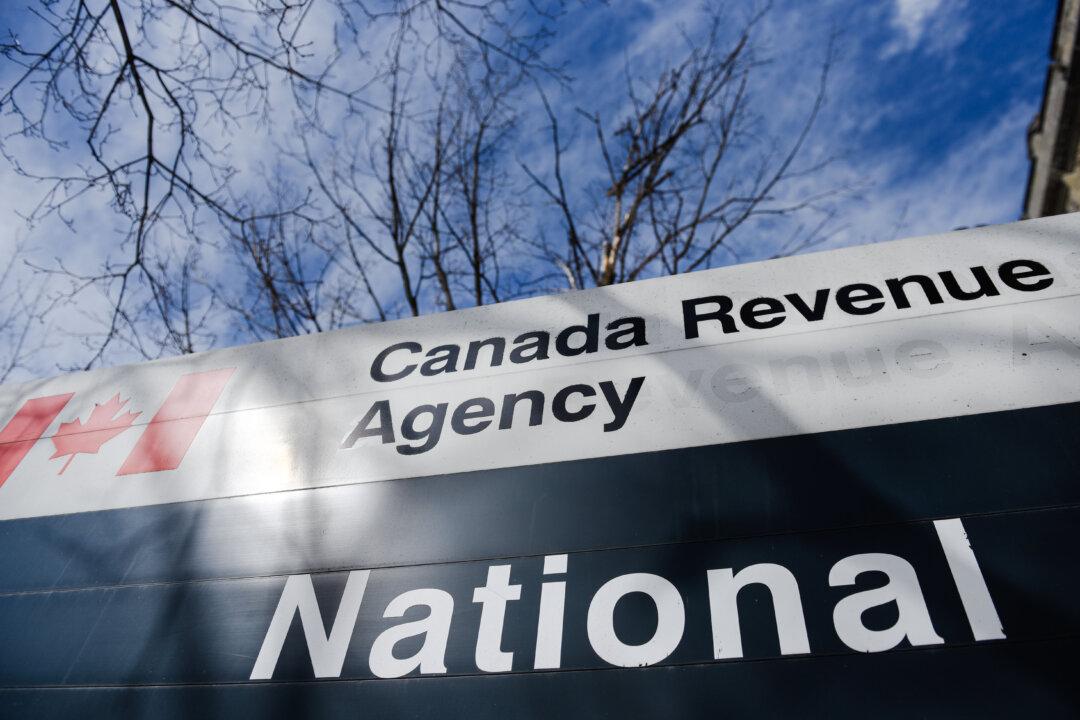The Canadian government says it will impose a 25 percent surtax on some foreign steel products in a bid to head off dumping.
The Finance Department said “excessive imports” are harming the steel industry, prompting it to impose a surtax on seven products that range from rebar to wire rods.
The surtax, which begins Oct. 25, will be in place for 200 days, pending an inquiry by the Canadian International Trade Tribunal into whether longer−lasting safeguards are necessary, the government said.
The announcement comes more than three months after Canada imposed tariffs on $16.6 billion worth of American goods in retaliation for hefty U.S. tariffs on Canadian steel and aluminum.
The government also announced on Oct. 12 that some Canadian manufacturers can now import those products from the U.S. without paying the surtaxes that have applied since July 1. A portion of the relief will be temporary, offered until Canadian producers are able to adequately meet domestic demand.
The exemption applies on a case−by−case basis to companies that applied for it, and pertains to American steel, aluminum, and certain other products.
The products affected by the fresh tariffs go into structures from condominiums to dams and bridges, “which encompasses a heck of a lot of steel,” said Jesse Goldman, a lawyer representing the Canadian Coalition for Construction Steel.
He said the surtax puts the construction steel industry in “a very dire position” because of Canada’s limited domestic steel supply.
“Because of the actual quota amounts for this type of steel from non−U.S. sources, U.S. steel is going to come into Canada at record high prices. They will simply pass on the 25 percent retaliatory tariffs to their Canadian customers.”
The surtax on steel plates and other products could “jeopardize” mega−projects in Newfoundland, which rely almost exclusively on foreign steel, primarily from Europe, Goldman said.
A lot of imported structural steel has been put toward the refurbishment of the Parliament buildings, he added. “It’s more ironic than intentional, but it gives you an example of the importance of imported steel in Canada.”
The country’s geography deters West Coast buyers from purchasing from central Canadian mills. It costs more than four times extra to ship a tonne of steel to Vancouver from Ontario than it does from China or Korea, said Richard Lyall, president of the Residential Construction Council of Ontario.
With rebar an essential component in residential towers, the new steel tariff could boost the price of new condos in Vancouver by up to $10,000 per unit, Lyall said.
“Housing affordability got thrown under the bus on this one,” he said.
Finance Minister Bill Morneau is slated to address the Commons international trade committee on Oct. 16 on its study of how tariffs are impacting Canadian businesses and workers.





